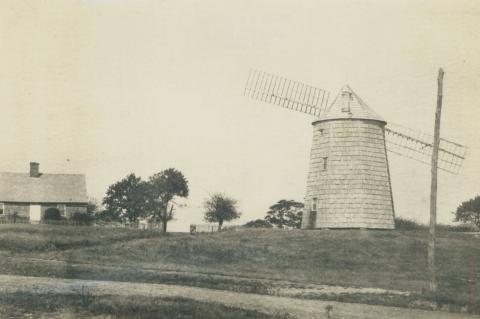Beginning on Saturday, the Arts Center at Duck Creek will host a series of talks that highlight and describe the work of the Plain Sight Project, which has been documenting the history of East Hampton's slave-owning past for several years.
Plain Sight Project
 A Free Black Man at Mecox in 1659
A Free Black Man at Mecox in 1659Today, the place where Peter may have farmed and lived, more than 70 years before George Washington was born, is hidden behind privet hedges where Ocean Road jogs left toward the ocean beach.
 The Lost Freetown Cemetery
The Lost Freetown Cemetery The location of a burial ground believed to contain the remains of as many as 20 people, some of whom may have been formerly enslaved, has been lost. A single gravestone is a rare clue.
 Historical Voices Tell Story of Enslaved in North
Historical Voices Tell Story of Enslaved in NorthAccounts by people of African heritage whose paths crossed Long Island at one time or another provide glimpses of what their lives were like. They tell a story of brutality, deprivation, and, above all, resistance.
 In Plain Sight, a Long-Buried History of East Hampton's Enslaved
In Plain Sight, a Long-Buried History of East Hampton's Enslaved Across Long Island and New England, enslaved Black people were present from the beginnings of the colony. Here, they toiled alongside their enslavers, without the right to control their fate, but helping to secure a toehold on the edge of a new world.

